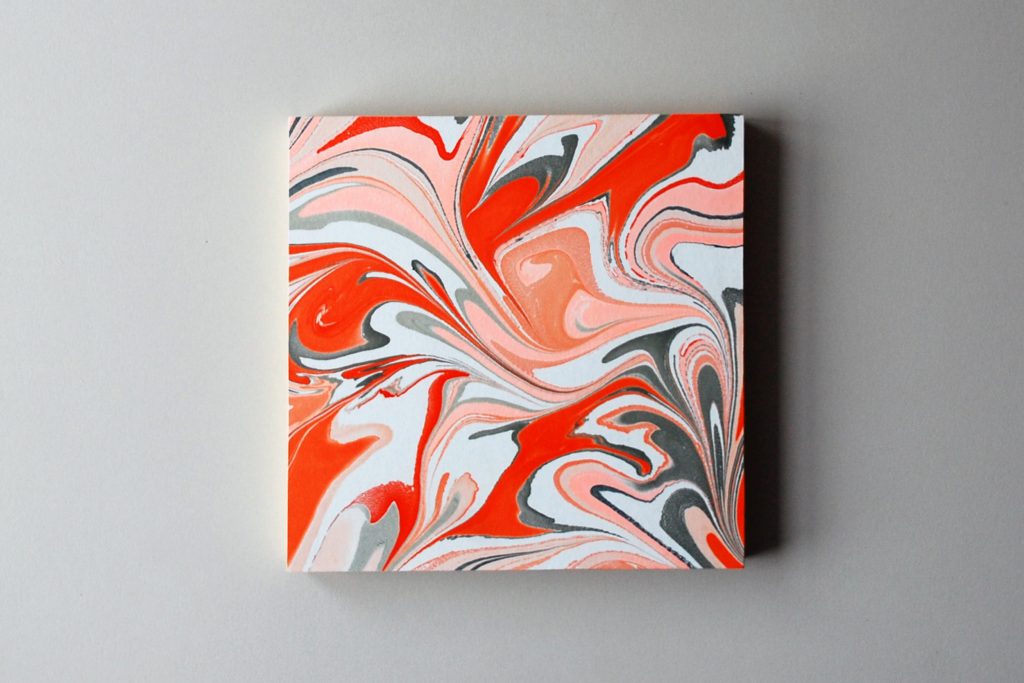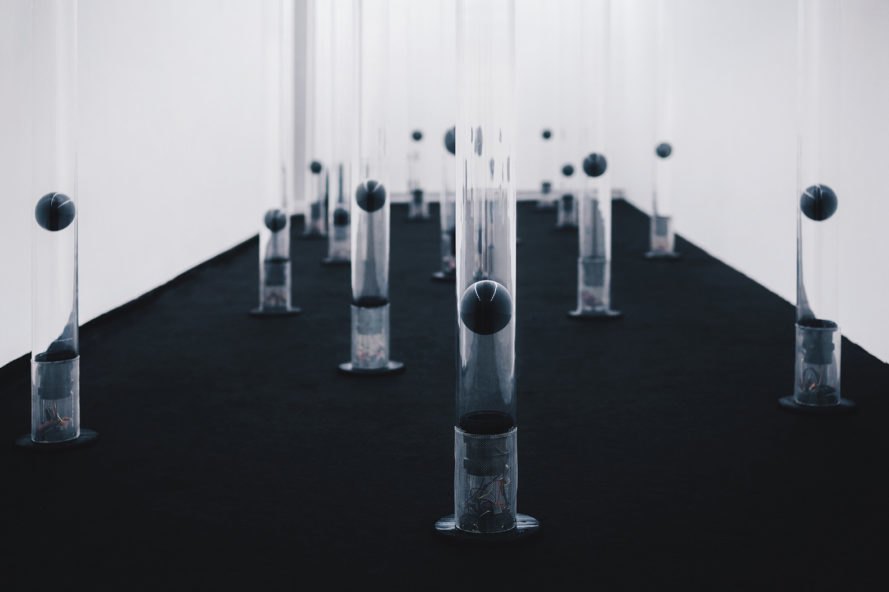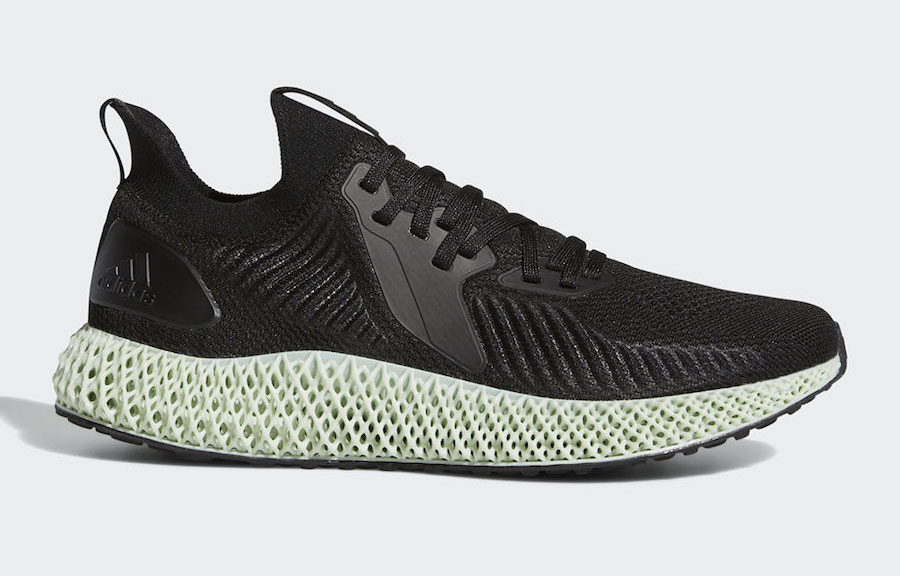
Unnumbered Sparks, a work by Aaron Koblin and Janet Echelman, is a monumental interactive sculpture installed in the sky. This sculpture is a crowd-controlled visual artwork on a large canvas, where the color and design on the sculpture is choreographed by visitors at the moment through their mobile device. The visitors were able to use their smartphones and tablets to paint colors of light across the installation. Every small movement of the electronic devices projected vivid beans of light across the sculpture. What I admire the most about this artwork is the scale and complexity achieved in a single piece of installation. The computational software used in this sculpture explores scale, density, shape, and interaction with people, which I thought was the most fascinating about this project. Thus, the material used in this installation also caught my attention. The whole sculpture is made out of soft fibers attached directly into existing buildings. This exploration of material and application of interaction technology, I thought, really showed how much the artists wanted people to feel projected/connected to their artwork. This sculpture was definitely successful in using computation technology to create interaction between artwork and the visitors.
![[OLD FALL 2019] 15-104 • Introduction to Computing for Creative Practice](../../../../wp-content/uploads/2020/08/stop-banner.png)



